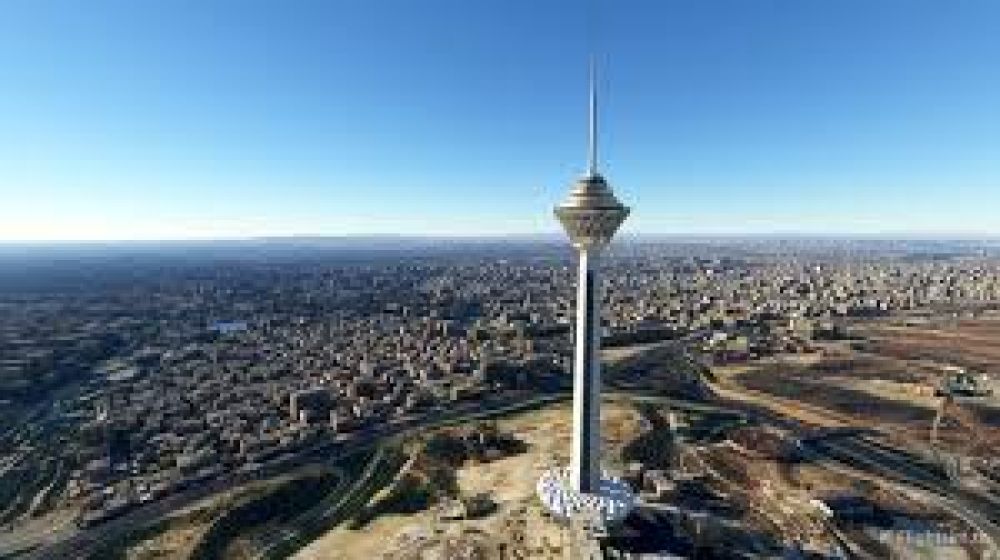

As one of the most distinctive landmarks in Tehran, Iran, Milad Tower stands as a symbol of modernity and progress in Iranian tourism. Constructed between 1997 and 2007, the tower has quickly become a major tourist attraction, boasting a unique architectural design and a variety of recreational and cultural facilities.
Milad Tower, also known as the Tehran Tower, inaugurated in 2008, is the sixth-tallest tower in the world at 435 meters (1,427 ft.). The idea for such a structure was conceived in the early 1970s as part of a plan to modernize Tehran, but construction was halted due to the political upheavals of the 1979 Iranian Revolution. It wasn't until the late 1990s that the project was revived and construction resumed in earnest against a backdrop of Tehran's expanding urban landscape.
Since its inauguration, Milad Tower has evolved into a comprehensive complex that includes a five-star hotel, a convention center, a world trade center, and an IT park. Offering stunning panoramic views of the sprawling city below, the tower features an open observation deck, a revolving restaurant, and a sky dome where visitors can gaze at the stars.
Although relatively new, Milad Tower is steeped in cultural significance. It has been a venue for various events, such as international conventions and festivals which highlight Tehran's role as a regional hub for cultural exchanges and diplomacy.
In recent years, tourism trends around Milad Tower have evolved with a focus on sustainability and technology. The tower itself is seen as a feat of modern engineering and is sometimes used to host exhibitions and conferences related to urban development and green technologies. Such events cater to both tourists and professionals interested in sustainable urban planning and innovative architectural designs.
Moreover, the tower's location within Tehran has spurred the development of nearby areas, encouraging the growth of businesses and services catering to international visitors. This symbiotic relationship between the tower and the local economy indicates the positive impact the landmark has on Tehran's tourism sector.
Today, with an annually increasing number of visitors, Milad Tower serves not only as a beacon of Tehran's skyline but also as a testament to the city's vibrant and burgeoning tourism industry.
The surrounding vicinity has also embraced a variety of tourism opportunities including urban adventures, cultural excursions, and culinary experiences that draw visitors from around the globe, all eager to witness the modern face of Tehran as showcased by the impressive Milad Tower.